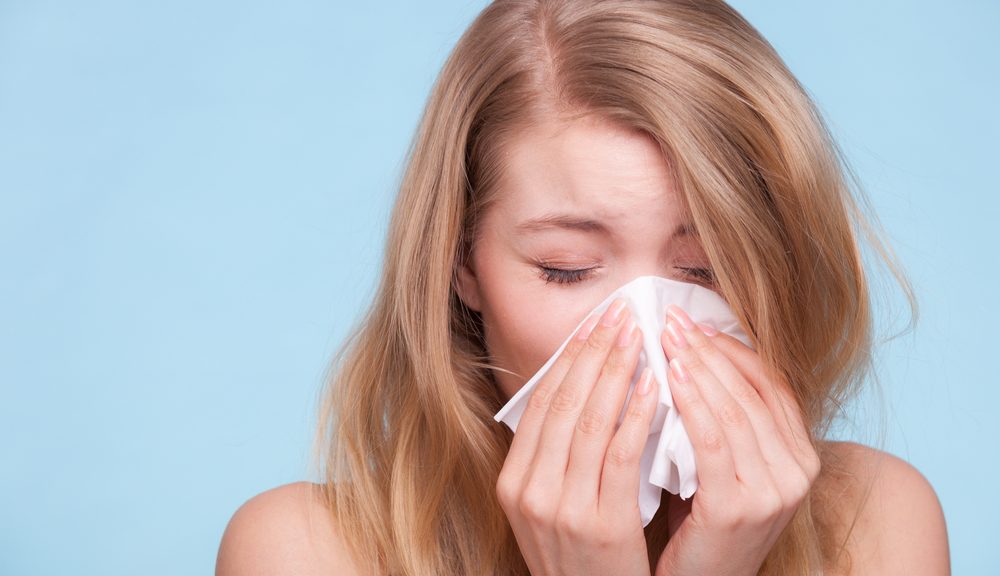
Hay Fever or House Dust Mite Allergy?
The symptoms of hay fever and house dust mite allergy are confusingly similar, so how can you tell which you have and what you can do to help? Airborne allergies expert Max Wiseberg has all the answers…
Max Wiseberg is a lifelong hay fever sufferer, and expert in airborne allergies, including hay fever and house dust mite allergy. He explains the difference between the two and gives some handy tips for sufferers:
If you are suffering with sneezes, wheezing, itchy and watery eyes you may not be too bothered about the cause, just how to lessen your symptoms – but knowing the cause can help you deal more effectively with the allergen.
If your symptoms occur whenever you are in the house but not when you’re outside, that would indicate that it’s dust rather than pollen. And if it only occurs when you’re outdoors, then it’s more likely to be hay fever.
If your allergy tends to happen at the same time every year, for example every spring or summer, then it’s likely to be an allergy to pollen not dust. Conversely, if they happen all year round, it’s more likely to be dust.
If you get symptoms every time you vacuum the house or do the dusting, then it’s a dust allergy. If it happens when you mow the lawn, it’s pollen that’s the culprit.
If you’re allergic to dust, then having hard floors in your house will harbour less dust than carpets. Keeping the house dusted and vacuumed regularly (by someone else!) will also help. Use allergy friendly mattress covers and bedding. Keep cuddly toys and blankets in a cupboard to prevent the build up of allergens on them. Dust mites thrive in moist environments, so keep the humidity in your house between 40% and 20% to control allergens.
On the other hand, to reduce pollen allergies, close windows to help stop pollen getting in the home. Tie your hair up and wear a hat when outside to prevent pollen particles being caught in your hair. Wear wraparound sunglasses outdoors, to prevent pollen particles coming into contact with your eyes. Shower at night before sleeping to remove pollen particles and pet hair from your hair and body. Dry your clothes indoors rather than on a clothes line, to prevent pollen particles being blown onto the clothes by the outside wind.
Whichever one it is – and many people are allergic to both – then try using an organic drug free allergen barrier balm, such as HayMax. HayMax has been proven to trap over one third of pollen grains before they enter the body, as well as trapping dust and pet allergens.